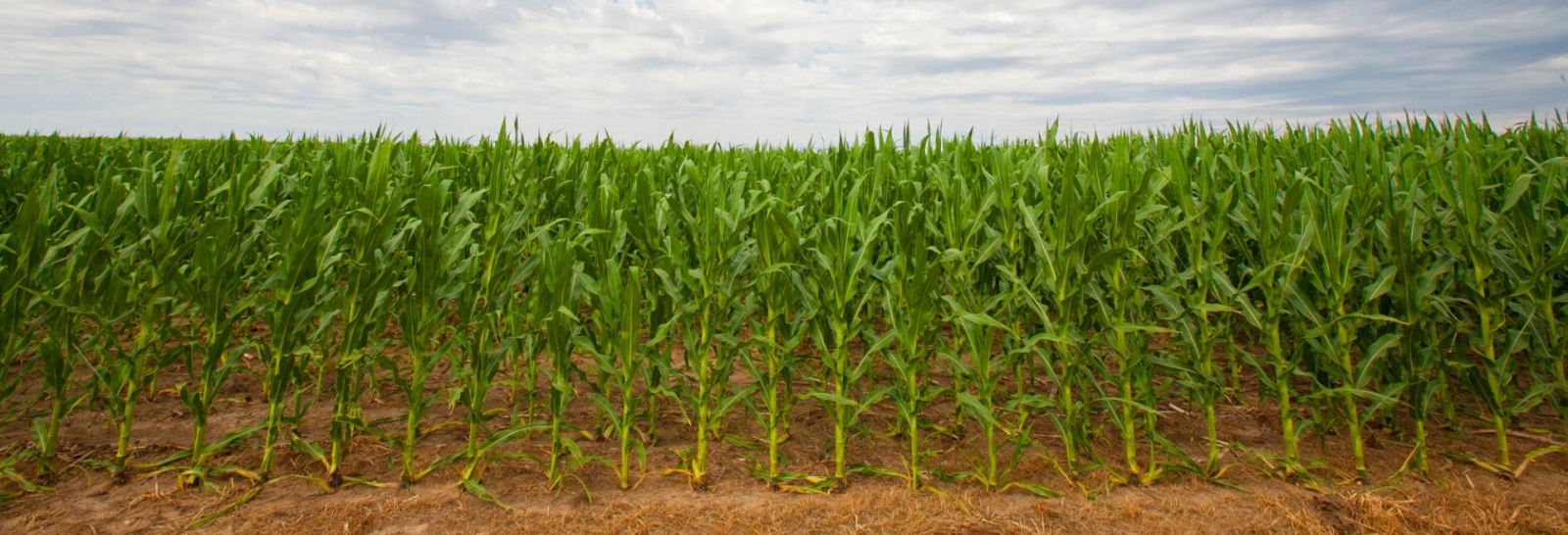June 29, 2007
Many areas of Nebraska have been blessed with rain this year, but some grasslands remain quite dry. Rotational grazing offers benefits in both situations.
By mid-July most years, we start to notice some grasslands suffering from a lack of water, while those that are being rotationally grazed appear to be doing better.
Why do rotationally grazed pastures do better in summer? Mostly it's because their root systems are healthier and deeper than continuously grazed pastures due to the periodic rest they receive. As a result, they can gather more soil moisture from deeper soil depths.
This year, many eastern and central Nebraska pastures have plenty of grass while western areas remain short. If you aren't already grazing rotationally, start now, regardless of whether you have abundant rain or are in a drought.
Starting rotational grazing when you have plenty of grass will rest plants and begin to improve their root system immediately. This improves harvest efficiency now and makes them better able to gather moisture during the next dry spell. By concentrating animals onto smaller pastures, grazing uniformity improves. This means your animals do less pick-and-choosing and trampling as they graze. They eat more of what is available and waste less feed. This helps current pasture growth feed your animals longer.
With a little extra cross-fencing and a change in management, you can stretch your feed supply while improving plant roots and production for next year.
Bruce Anderson
Extension Forage Specialist
